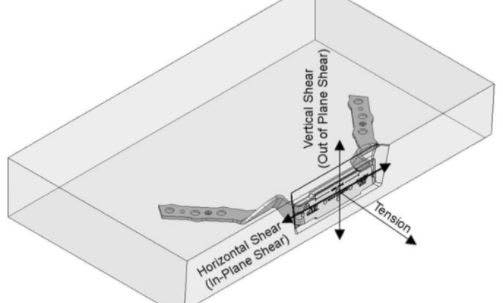WARose
Structural
- Mar 17, 2011
- 5,594
I am looking at a existing parking deck to check a variety of things. This thing was built in about 1998.....and I (of course) have no drawings. One thing I cannot figure with this thing is: what is the diaphragm? It appears to be just a bunch of double Tees spanning between girders (with no topping slab). And the girders sit on a corbel that is part of the column. So is the lateral force transferring by friction? I see no connection (other than bearing) between the Tees & girders and the girders & columns.
I ask here because I figure there is a design philosophy with these things......and I have never done one.
I ask here because I figure there is a design philosophy with these things......and I have never done one.

